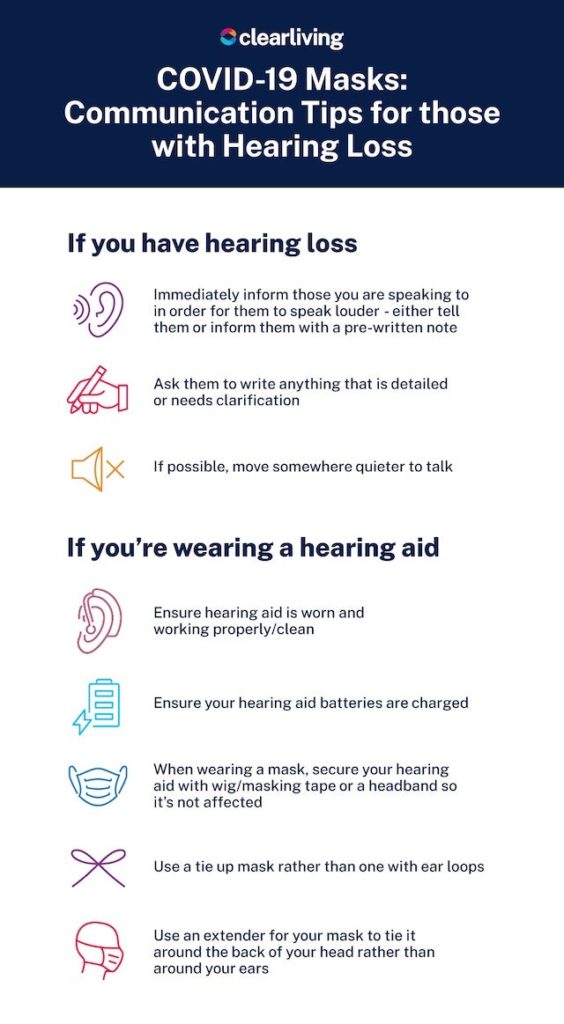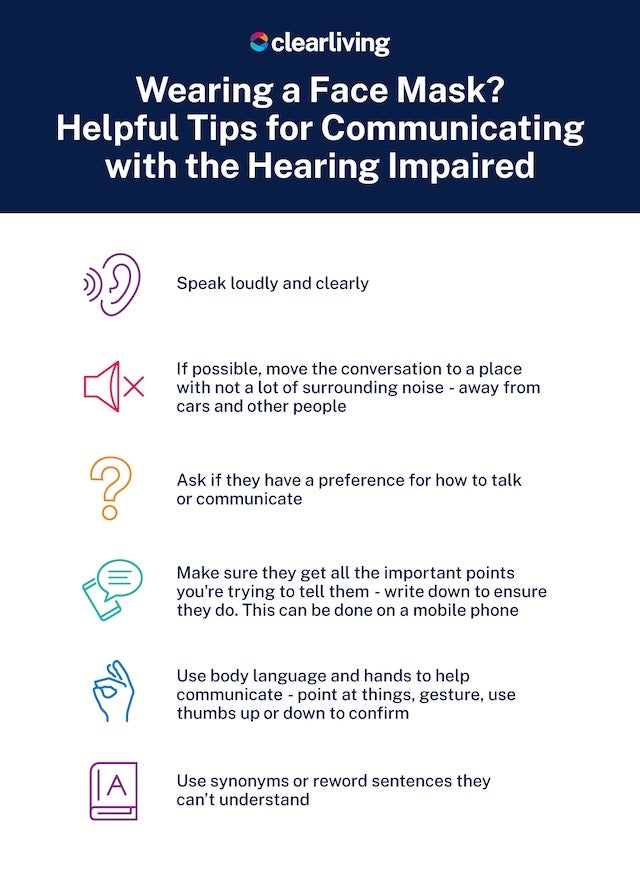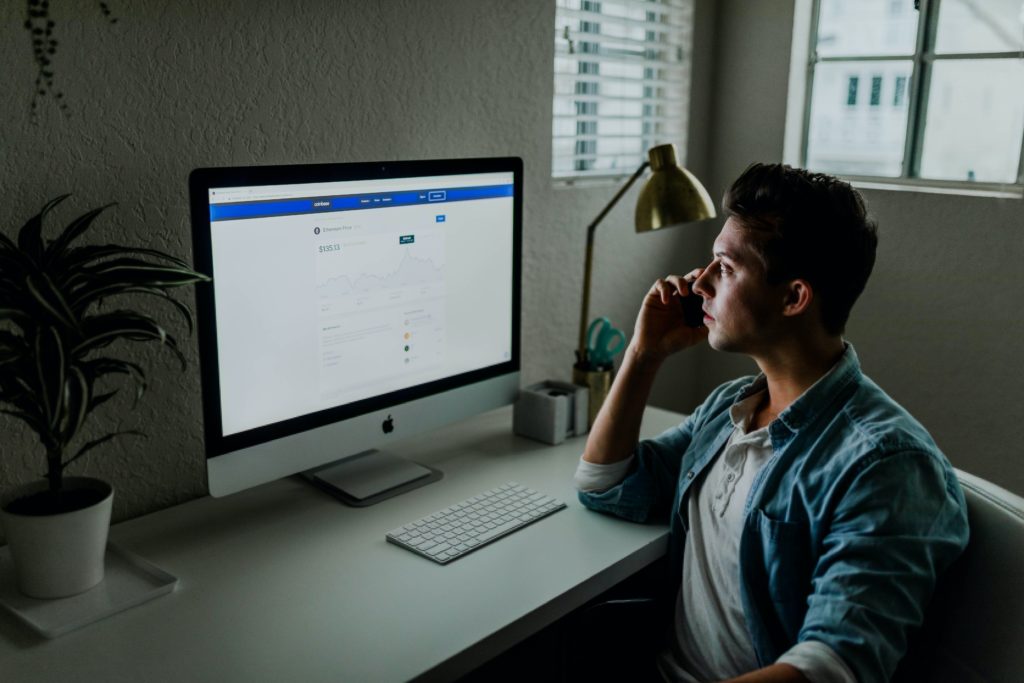
This is a film about coping with the coronavirus pandemic as an autistic person, and how a twenty-something year old cartoon series inspired me to adapt to the changes.

This is a film about coping with the coronavirus pandemic as an autistic person, and how a twenty-something year old cartoon series inspired me to adapt to the changes.
A drug which has already been approved for the treatment of multiple sclerosis patients effectively inhibits the coronavirus when tested on human lung cells; this is shown by a newly published study from biomedicine researchers at Aarhus University

An antiviral medication which effectively inhibits replication of the coronavirus causing the COVID-19 and, at the same time, fights the immune reaction that is killing COVID-19 patients around the world.
This is the hope of a group of researchers headed by Christian Kanstrup Holm and David Olagnier who are behind a newly-published new study in the journal Nature Communications. The study shows that a drug called dimethyl fumarate (DMF), which is approved for the treatment of multiple sclerosis patients, inhibits the growth of a range of viruses in the body’s cells and that this includes the coronavirus (SARS-CoV2) – at least when the researchers test it in a test tube.
“As we’re doing basic research, we obviously don’t know whether the drug works on infections in humans, and it’s up to the infectious disease experts to test for this. However, I have to say that I’m very optimistic,” says Christian Kanstrup Holm, who, like his colleague David Olagnier, is associate professor at the Department of Biomedicine at Aarhus University, Denmark.
The current research results have been underway for a while now. When the pandemic struck, Christian Kanstrup Holm and his colleagues were in the process of testing the effects of a drug which was virtually identical with a particular sclerosis medicine, namely a substance called 4-octyl-itaconate, which is used on e.g. the herpes virus, smallpox virus (vaccinia virus) and zika virus, and which is also known to lead to foetal defects – all as part of the hunt for a broad spectrum antiviral medication. And their testing succeeded beyond expectations.
“Then the coronavirus suddenly appeared, which we therefore also tested, and saw an enormous effect. The number of duplications that the coronavirus makes of itself in the body’s cells were simply drastically reduced,” explains Christian Kanstrup Holm.
“At the same time, the drug inhibited the immune reaction or inflammatory condition that constitutes a large portion of the actual threat for coronavirus patients. People don’t just die of the virus in itself, but also of the inflammation that occurs in the lungs,” he says.
When the research group saw the encouraging results with 4-octyl-itaconate, they repeated the tests with a corresponding approved product, dimethyl fumarate (DMF), which showed virtually the same inhibitory effect.
This means that the effect of dimethyl fumarate (DMF) can be tested on corona patients ‘here and now’, if clinicians in Denmark or abroad – and the company that holds the patent – are prepared to test it in human trials.
“You can really save a lot of time when you’re testing a medication that has already been approved and tested in another context,” says Christian Kanstrup Holm with reference to the statutory phases involved in getting a medication approved from scratch.
“I’d really likely to be attached to this type of clinical trial if there are infectious disease researchers who assess that the result is worth proceeding with. As a basic researcher, I have neither access to patients, nor am I qualified to conduct clinical testing,” he adds.
Many people with hearing loss rely on lip reading and increased speaking volume to understand others properly – both of which are unfortunately impeded by masks. As September is also Deaf Awareness Month, the last week being International Week of the Deaf (21st – 25th), there’s no better time to raise this issue.
From preparing pre-written notes to ensuring a hearing aid isn’t affected by a face mask, here’s our visual graphic list of tips for those with hearing loss and if wearing a hearing aid:



2020 has been filled with a lot of challenges for many countries. This is mainly because of the rapid spread of the coronavirus. For several months now, the world has been facing a pandemic that has brought many changes. Many sectors were affected by the virus and the economy was negatively affected as a result. The education sector was not spared by the pandemic. Because of the coronavirus, all schools were forced to close abruptly as the situation was being assessed. Parents have been forced to take care of their children at home for several months. It is rather good news for many parents and pupils that very soon, schools are most likely to reopen for the new term. Many people are concerned about what the government is planning to do to ensure the safety of teachers and school-going children. Here is what schools are required to do as they open.
Hand Washing
We have come to know the importance of washing our hands during this time. Regular cleaning has been effective in preventing the further spread of the coronavirus. As schools are reopening, the government has issued some guidelines to schools. Both pupils and teachers are required to wash their hands frequently and maintain good hygiene at all times. This includes hygiene around the use of tissues when one sneezes or coughs.
Social Distancing
Social distancing has also been helpful in the fight against COVID-19. However, it is noted that it will be hard to maintain social distancing with children. Though social distancing may not be achieved at all times, schools are required to divide children into bubbles. The contact of each pupil during the day should be minimized if possible. This means that classes with a high number of pupils will have to be divided. Schools may have to use other available rooms for the needed space.
Some schools are utilizing the temporary building for the much-needed space at the moment. Temporary structures are inexpensive and take less time to construct. Smart-Space is a UK-based company that has been offering building solutions during the coronavirus period. You can check over here to learn more about how they are helping the education sector as schools reopen.
Attendance
It is understandable if a parent is concerned about sending their children back to school. It is essential to note that studies have shown that there is very little chance of the virus being spread in schools. The government and schools have put measures in place that will ensure every pupil and teacher is safe. As schools are reopening, attendance is mandatory for every pupil. However, if a student shows symptoms of the virus, he or she will have to self-isolate for a given period.
Conclusion
The government is still planning on how all schools are going to reopen as the situation gradually normalizes. As a parent, it is essential to inform your children about the situation and how they can follow the given directives by the government and doctors.

Coronavirus has made returning to the office a period of great anxiety. But returning to work after a pandemic is only part of the disparities between a healthy work-life and good mental health. Data is increasingly providing evidence that our psychological resilience is on the decline: according to one survey, only 13 per cent of people in the UK reported that they had good mental health.
This is a worrying statistic when put into perspective. There are currently 67,924,245 people in the UK*. To say that only 13 per cent of the UK would consider themselves to maintain a good level of mental health, indicates that approximately 59,094,093 people acknowledge themselves with having a below satisfactory level of mental health.
How does this extend to the workplace? Well, looking at a hypothetical company of 50 employees, if only 13 per cent are happy in their current mental health, there are around 43 employees who are struggling with less-than-great mental health. It’s easy to summarise if you consider a company that may have 100 employees — following the statistic, only 13 employees would enjoy their current mental wellbeing, as opposed to 83 employees that may be battling with inadequate mental health.
Therefore, it is clear that businesses need to take further steps to reinforce and promote good mental health procedures in the UK. But how can employers and employees go about doing this? The steps to improving these practices come with understanding the problem before moving too hastily to a solution.
It is a mistake to define mental illness and mental health within the same bracket — they are very distinct and different ideas. However, they both need to be addressed with respect and understanding, especially at work. Neither can be easily identified, as a person who suffers from mental illness or poor mental health may be able to produce the same level of work as a colleague that benefits from good mental health.
However, the differences are distinct and must be appreciated to direct good management and procedures. During their royal tour South Africa, the Duke and Duchess of Sussex discussed ending the stigma surrounding mental health issues. Prince Harry said:
“I think most of the stigma is around mental illness, we need to separate the two… mental health, which is every single one of us, and mental illness, which could be every single one of us.”
The damaging effects of mental health are similar to that of physical health. If a person who is enjoying good mental health experiences a bad day at work, their mental wellbeing will decrease. After all, it’s an understandable consequence of a rough day at work. But a person who suffers with an already declining sense of mental health before a negative influence may be more susceptible to this event. If this person was to experience the same rough working day, the repercussions of the event will damage their mental health in a similar way, but with a larger influence. Of course, this is not a universal indicator of how mental health works. Indeed, a person with mental health issues can function well in the workplace. But, it is important to understand that just because someone does not suffer from a mental illness, they are not prohibited from suffering from poor mental health and being unable to cope.
The solution may sound simple, but a happy work environment can create the most productive work environment. Employers can support both employees suffering from mental illness and mental health by taking small but important steps that will help the entire workforce. These procedures can help businesses to improve the conditions of working life.
A business can benefit from creating an open environment where people can talk about their mental health and educate each other on how individuals may suffer from their mental health or illness. The stigma around mental health gives the preconception of weakness or an inability to complete work to a high standard — this is wrong and damaging. This stigma and idea of exclusion can create issues for those who may not be open about their mental health issues and how they suffer with their mental health. You are responsible for the wellbeing of your colleagues as well as yourself.
Holding conferences on how mental health affects the workplace is a significant suggestion. The information is out there, with various charities willing and eager to discuss the importance of good mental health and disprove any misconceptions employees may have about the topic.
The morale of your staff team is a vital component. Awareness weeks only come once a year, despite it being an everyday issue. Continually having workshops to consider and creating a safe space to discuss mental health can contribute to a positive working environment. Hosting a coffee morning — offering an array of cakes, hot beverages, or a fizzy slush machine for those summer working days — is a small but essential step! A supportive and enjoyable network of people at your workplace is as important as the work you do. This will in turn only help with the mental health of employees, as people become more ready to approach people with their issues.
To ease the pressure on mental health, a flexible workplace is essential. Businesses should strive to achieve a relaxed workplace. This does not limit the value of the work itself — after all, we expect a little stress. But the office environment should work to ameliorate these conditions. An uncomfortable ask can be made easier if you’re working in comfort.
The layout of an office is important too. Businesses have adapted to the recent trend of open-plan office spaces, recognising the benefits. It avoids an isolated working style, promotes a community ethic, and dismantles the hierarchal and emotionally-removed cubicle-style work. Creativity flows in an open-plan office space — suggestions and feedback flow between desks, and the work produced is improved.
However, this is not a straightforward fix. Of course, a person with anxiety or autism may not interact well with an open-plan office. Crowded spaces can create an uncomfortable environment, the idea of being in a crowd can be awkward for some, and autism and anxiety can contribute to this feeling. Too much noise — music and chatter — may prove too much for someone with auditory sensory issues. A person with anxiety may find it difficult to work in an open-plan office on a bad day. The ability to work away from this environment must be an option. A quiet room for work that requires 100% of your concentration is essential. Even then, the ability to work from home has proved to be an effective workplace for many people during lockdown. That option must never be taken away.
We can never be certain when one of our colleagues or employees is suffering with mental health issues or mental illness. Their working standard is good, but they may struggle to cope! This stresses the importance of working to improve the conditions of office life by creating a welcoming and open environment where everyone is comfortable. This is not only beneficial to employees but also to business and employers.
*Number correct as of 11th August 2020
https://www.ihasco.co.uk/blog/entry/1934/shocking-statistics-behind-mental-health-in-uk-workplaces
https://www.worldometers.info/world-population/uk-population/
https://www.snowshock.com/product-category/frappina/
https://smallbusiness.chron.com/advantages-disadvantages-openplan-office-space-80288.html